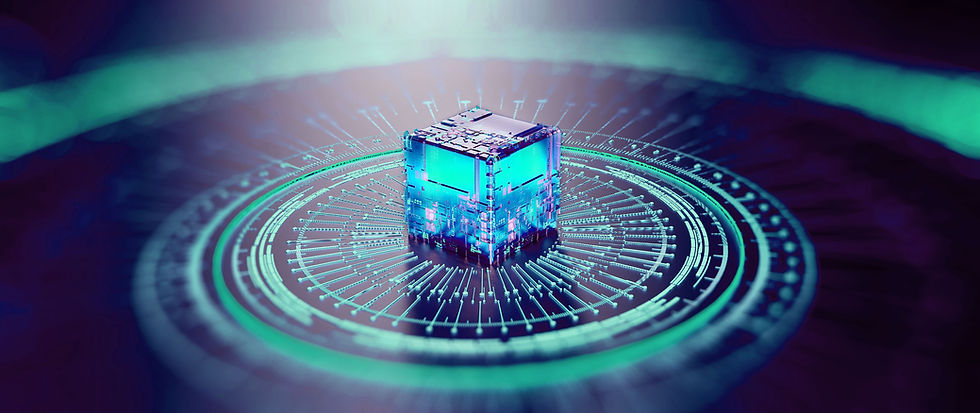

SYSTEMS
LEARNING
Embedding feedback into every forecast to sharpen decision-making over time.
Expert Judgments Aren’t Static Truths
Expert estimates in Stage 2—such as the probability that Event B occurs given Event A has occurred P(B|A)—form the backbone of initial simulations. These inputs are anchored by known or measured values of P(A), representing the upstream trigger event. However, these estimates remain hypothetical until tested. When Event B manifests in the real world, Module 4 initiates a feedback process: was the expert assumption accurate?
Bayesian Inversion: The Intelligence Behind Systems Learning
Once Event B is observed in the real world, its probability P(B) can be empirically measured. This enables the model to apply Bayes’ Theorem to derive the posterior probability of A, now that B has occurred:
Here, P(B|A) and P(A) are from expert simulation inputs, while P(B) comes from real-world observation. The result—P(A|B)—represents a backward-looking, diagnostic view: “How likely was A the true cause, now that B has occurred?”
To close the loop, this derived P(A|B) can be reinserted into Bayes’ Theorem to recompute an updated estimate of P(B|A):
This serves as a Bayesian coherence check. The newly derived posterior probability is then compared against the expert-imputed P(B|A) from Stage 2. If the difference is material, the model updates the original P(B|A) with this empirically-informed version—thereby refining the causality strength without needing to alter the original P(A).
Empirical Validation: Calibrating the Causal Map
What’s truly being updated here is the credibility of the causal assumption, not the trigger probability itself. If the re-derived P(B|A) consistently diverges from the expert’s original value, the model signals that the expert likely overstated or understated A’s influence on B. Over time, repeated observations of B—and the corresponding Bayesian derivations—allow the system to self-correct its estimates for P(B|A), making the propagation strength more empirically grounded.
This mechanism ensures the causality map doesn’t remain a static belief network. Instead, it becomes a dynamic, evidence-responsive structure—tightening causal links that are repeatedly validated, and weakening those that are not.
Strategic Payoff: From Static Models to Learning Systems
This recalibration process mirrors the principles behind AI backpropagation, where prediction errors adjust internal weights to improve future accuracy. Likewise, this Stage 4 uses the gap between expert-predicted and empirically-derived P(B|A) to refine its internal belief structure. Over time, this builds a learning ERM system that is both simulation-driven and evidence-corrected.
By treating causality estimates as hypotheses rather than fixed truths, Stage 4 elevates enterprise risk models into living systems—capable of learning from outcomes, adapting to real-world feedback, and improving decision quality with every cycle.

